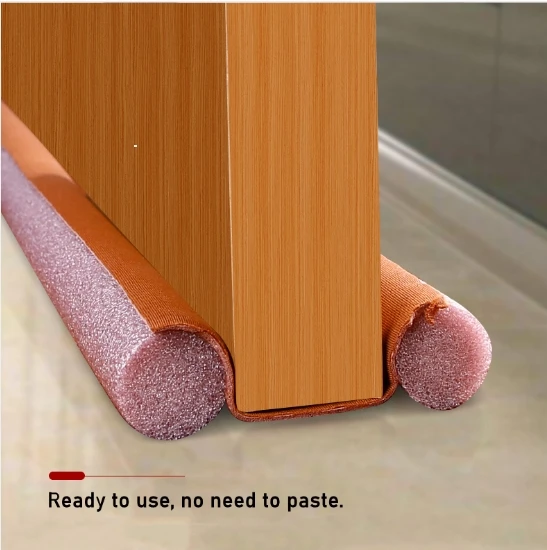Guide to Replacing Oven Seals for Optimal Cooking Performance
Understanding Oven Seals Replacement Importance, Signs, and Steps
Ovens are essential appliances in our kitchens, enabling us to bake, roast, and prepare a variety of delicious meals. One often-overlooked component of an oven is the door seal, which plays a critical role in maintaining the appliance's efficiency. Over time, these seals can wear down, crack, or become damaged, which can lead to heat loss and affect cooking performance. This article will explore the importance of oven seals, signs that it's time for a replacement, and the steps to replace them effectively.
The Importance of Oven Seals
Oven seals, also known as door gaskets, serve a crucial function in the cooking process. They are designed to create an airtight seal between the oven door and the oven cavity. This seal helps to keep heat contained within the oven, ensuring consistent cooking temperatures and preventing energy waste. A well-functioning seal also helps to keep moisture inside, which is essential for baking items like bread and cakes, ensuring they rise perfectly.
When the oven seal is compromised, several issues can arise. Heat escaping from the oven can lead to longer cooking times, uneven baking, and higher energy bills. Furthermore, a damaged seal can lead to food drying out or burning. Therefore, maintaining and replacing worn-out seals is vital for optimal oven performance.
Signs That Your Oven Seal Needs Replacement
Knowing when to replace your oven seal can save you both time and money. Here are some signs that indicate it might be time for a replacement
1. Visible Damage Check for cracks, tears, or gaps in the seal. Any visible damage can prevent the seal from doing its job.
2. Heat Loss If you notice that the outer surface of the oven door is hot to the touch after cooking, it’s a sign that heat is escaping, indicating an ineffective seal.
3. Cooking Inconsistencies If your food is cooking unevenly or taking longer than usual to bake, it may be due to a faulty seal.
4. Wear and Tear If your oven is several years old, the seal may have simply worn out over time. Even if there are no visible signs, it’s worth checking the integrity of the seal periodically.
5. Moisture Leaks If you observe moisture leaking from the oven during cooking, this can also indicate a problem with the seal.
oven seals replacement

Steps to Replace Your Oven Seal
Replacing an oven seal is a straightforward process that can be accomplished with a few tools and some patience
. Here’s how to do it1. Gather Your Tools You'll need a new oven seal (be sure to purchase one compatible with your oven model), a pair of scissors, and possibly a screwdriver.
2. Turn Off the Oven Ensure the oven is completely off and cooled down before starting the process.
3. Remove the Old Seal Open the oven door and inspect the seal. Most seals are held in place by a metal strip or clips. Use a screwdriver if necessary to remove the screws or clips. Carefully pull the old seal away from the door.
4. Clean the Area Once the old seal is removed, clean the area around the seal to remove any debris or residue. This will help ensure that the new seal adheres properly.
5. Install the New Seal Take your new oven seal and fit it into the groove around the door. If it has clips or a metal strip, secure them in place as you did with the old seal. Make sure it is snug and evenly positioned.
6. Test the Seal Close the oven door and check for any gaps. You can perform a simple test by placing a piece of paper between the seal and the door — if you can easily pull it out, the seal may need adjustment.
7. Final Check Once everything is in place, turn on your oven and monitor it during the next cooking session. Make sure it maintains a steady temperature and that no heat is escaping.
Conclusion
Maintaining your oven includes regular checks of the door seal, which is vital for efficient cooking and baking. Recognizing the signs of wear and knowing how to replace the oven seal can significantly enhance your cooking experience and prolong the life of your appliance. Investing time in this simple yet crucial maintenance task ensures that your kitchen remains a space for culinary creativity and efficiency.
-
Under Door Draught Stopper: Essential ProtectionNewsJul.31,2025
-
Garage Door Seal and Weatherstrips for ProtectionNewsJul.31,2025
-
Edge Banding Tape for Perfect EdgesNewsJul.31,2025
-
Table Corner Guards and Wall Corner ProtectorsNewsJul.31,2025
-
Stair Nose Edging Trim and Tile Stair SolutionsNewsJul.31,2025
-
Truck Bed Rubber Mats for Pickup BedsNewsJul.31,2025
-
Window Weather Stripping for Noise ReductionNewsJul.29,2025